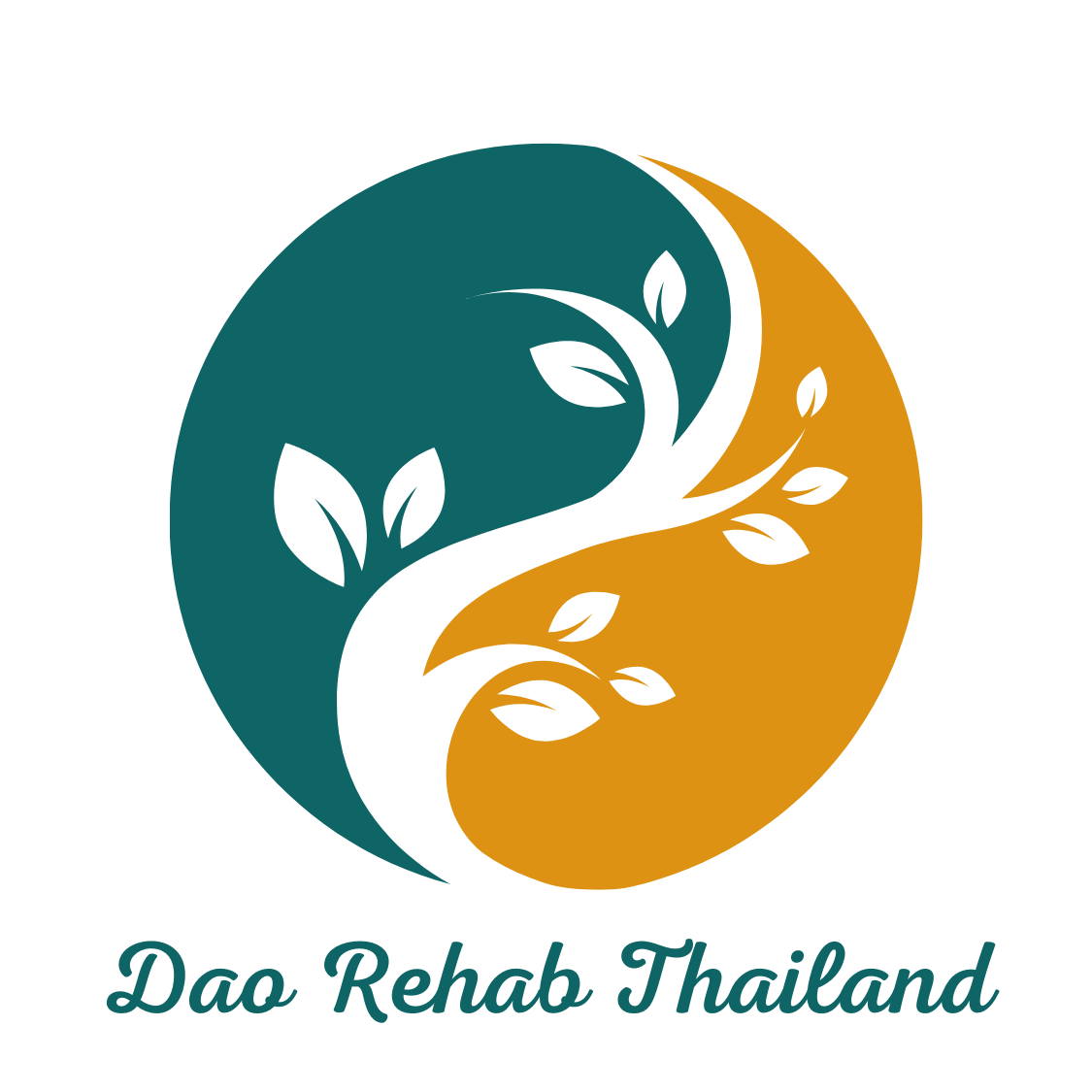Our Holistic
Healing Services
“Turning the impossible into possible”
Our Holistic Healing Services
Our Comprehensive Treatment Programs in Dao-Therapy rehab center
Individual Therapy Sessions & Group Therapy Programs
Daotherapy, the international center for the treatment of trauma and addictions in Thailand

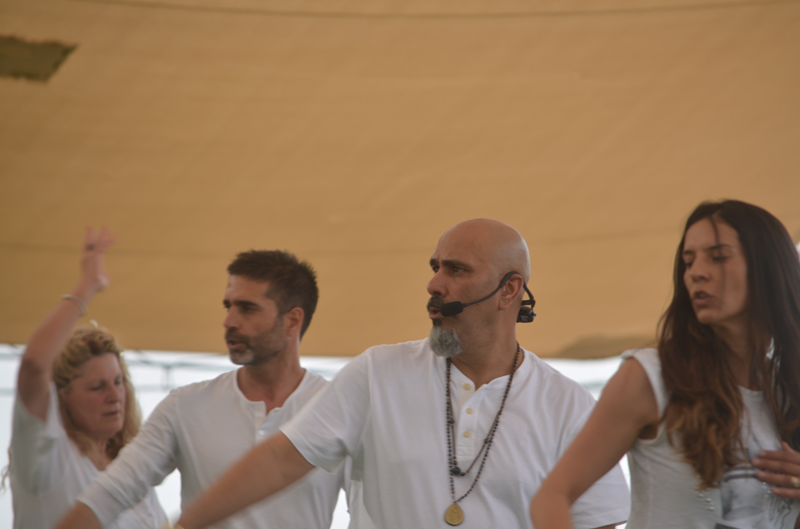
Dao-Therapy Holistic Healing Services
The post-traumatic recovery journey: a path of self-discovery and growth
Dao Rehab has 33 years of trauma & Addiction recovery experience
Holistic Healing Services integrate physical, emotional, mental, and spiritual therapies to provide comprehensive care for individuals recovering from trauma and addiction. These services often include a combination of traditional and alternative therapies such as yoga, meditation, acupuncture, nutritional counseling, and energy healing practices like Reiki. The approach focuses on treating the whole person rather than just the symptoms, aiming to restore balance and harmony in the body and mind. By addressing underlying issues and promoting overall well-being, holistic healing services help individuals build resilience, enhance self-awareness, and achieve lasting recovery and personal growth.
Comprehensive Treatment Programs
Comprehensive Treatment Programs combine evidence-based therapies, holistic healing, and 12-Step support, tailored to individual needs, promoting physical, emotional, and spiritual recovery for lasting, personalized healing.
Individual Therapy Sessions
Individual Therapy Sessions provide personalized, one-on-one counseling, focusing on trauma and addiction recovery. Tailored to individual needs, these sessions offer a safe space for healing, self-discovery, and emotional growth, promoting lasting change.
Group Therapy Programs
Group Therapy Programs foster peer support and shared experiences in a safe environment. Participants work together on trauma and addiction recovery, building community, enhancing communication skills, and promoting collective healing and personal growth.
12-Step Recovery Programs
12-Step Recovery Programs offer a structured, spiritually-based path to overcoming addiction, emphasizing personal responsibility, peer support, and long-term sobriety, fostering deep emotional healing and community connection.
If you would like to know more about taotherapy Trauma and Addiction Treatment Center in Thailnd, feel free to drop us a quick message here. Coming to Taotherapy is more than just recovery. You will find support here for life. Even after completing treatment, we offer support groups for continuing support on your journey.
Welcome to the journey
Comprehensive Treatment Programs
The rehab program and agenda are based on 33 years of experience by Dr. Mizrahi Avraham to provide a solid foundation and emphasis for a continuous recovery process
Individual Therapy Sessions
Kundalini Yoga for Trauma Recovery
Group Therapy Programs
Mindfulness and Meditation Practices
Individual Therapy Sessions:
Customized Physical Fitness
outdoor pool in tao rehab
12 steps program
Massage Therapy for Stress Relief
Aftercare and Relapse Prevention
Psychotherapy for PTSD
Spiritual Growth and Healing Programs

The Dao Center Rehab Holistic Facility




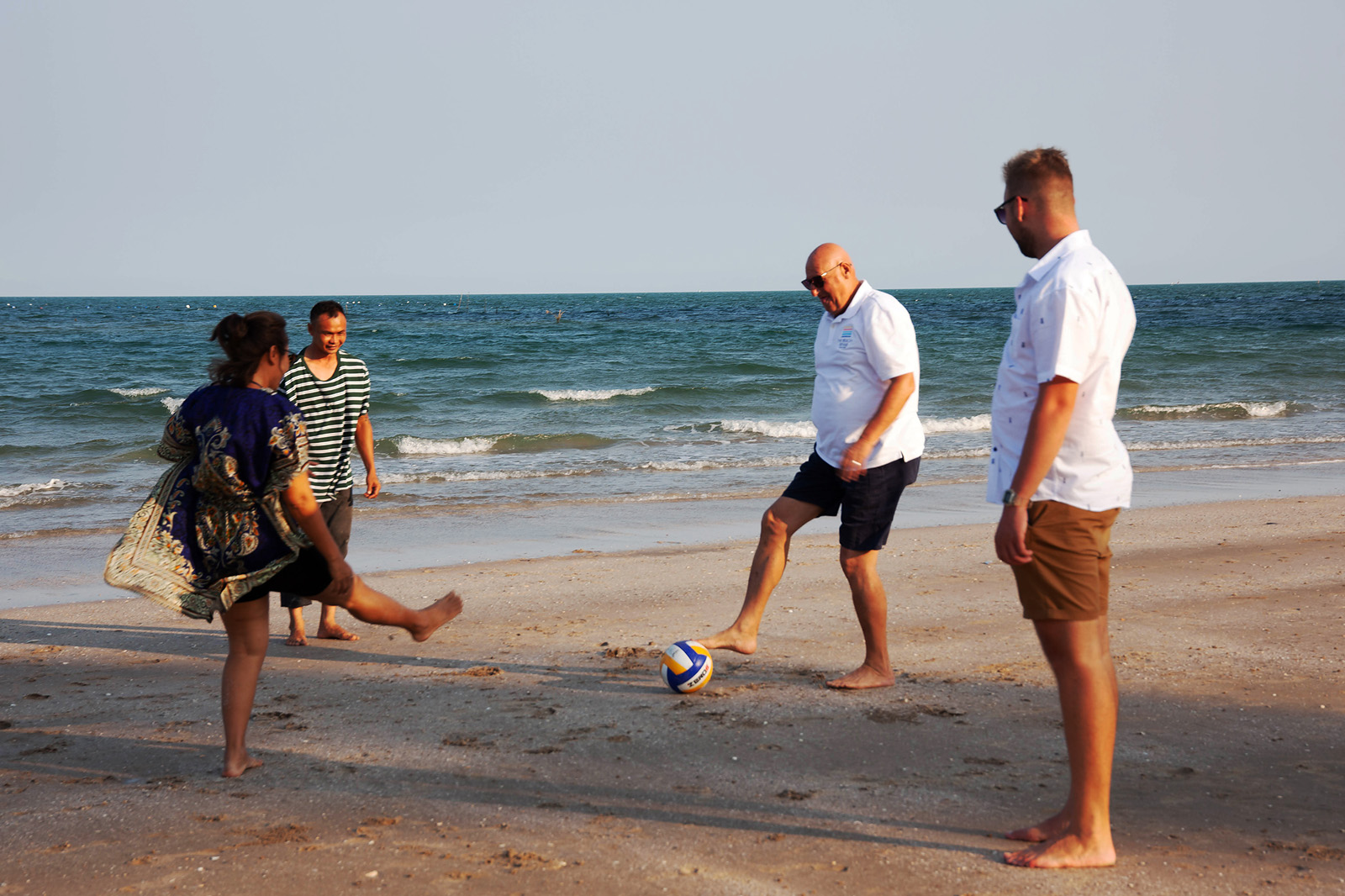
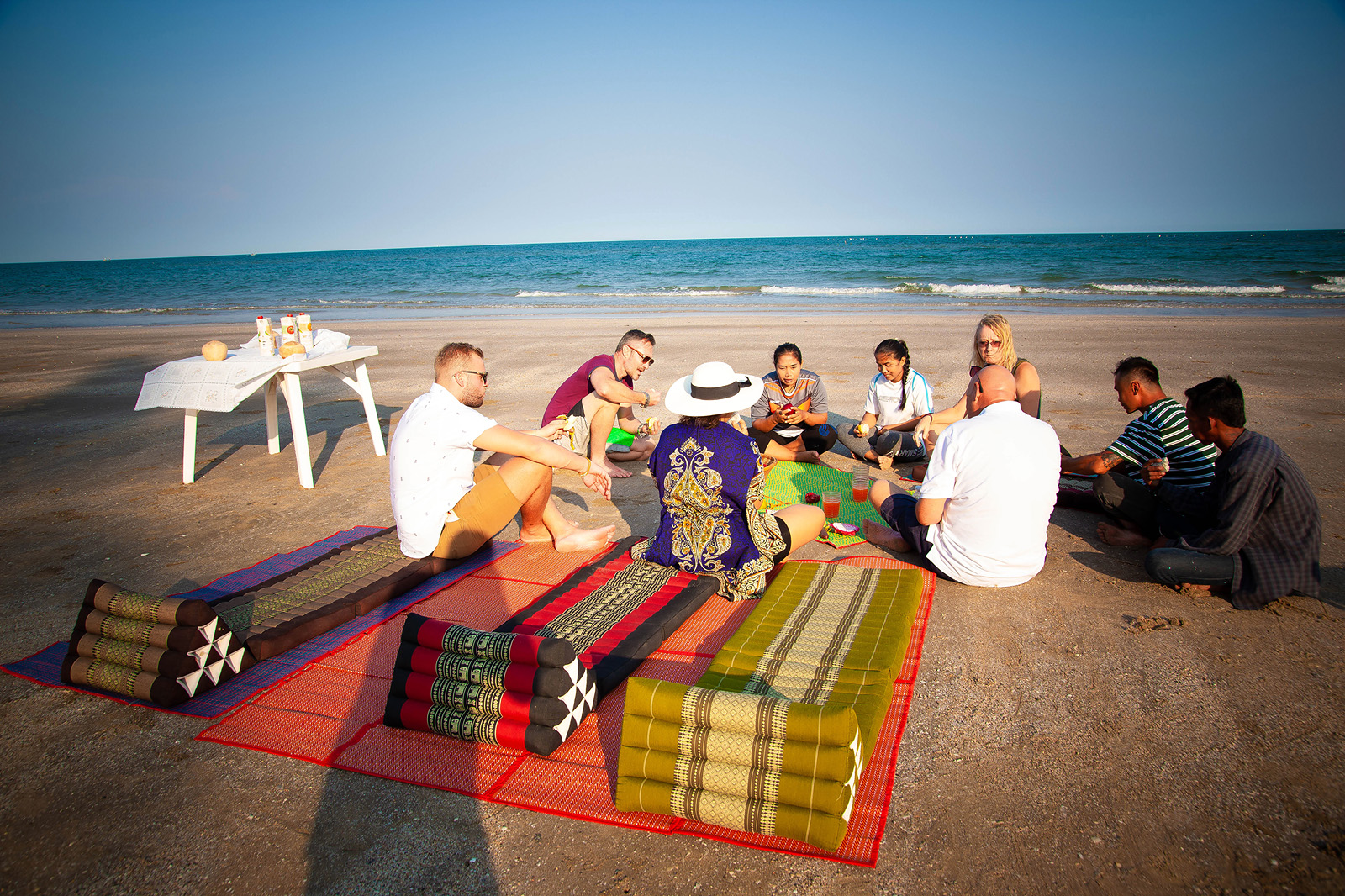

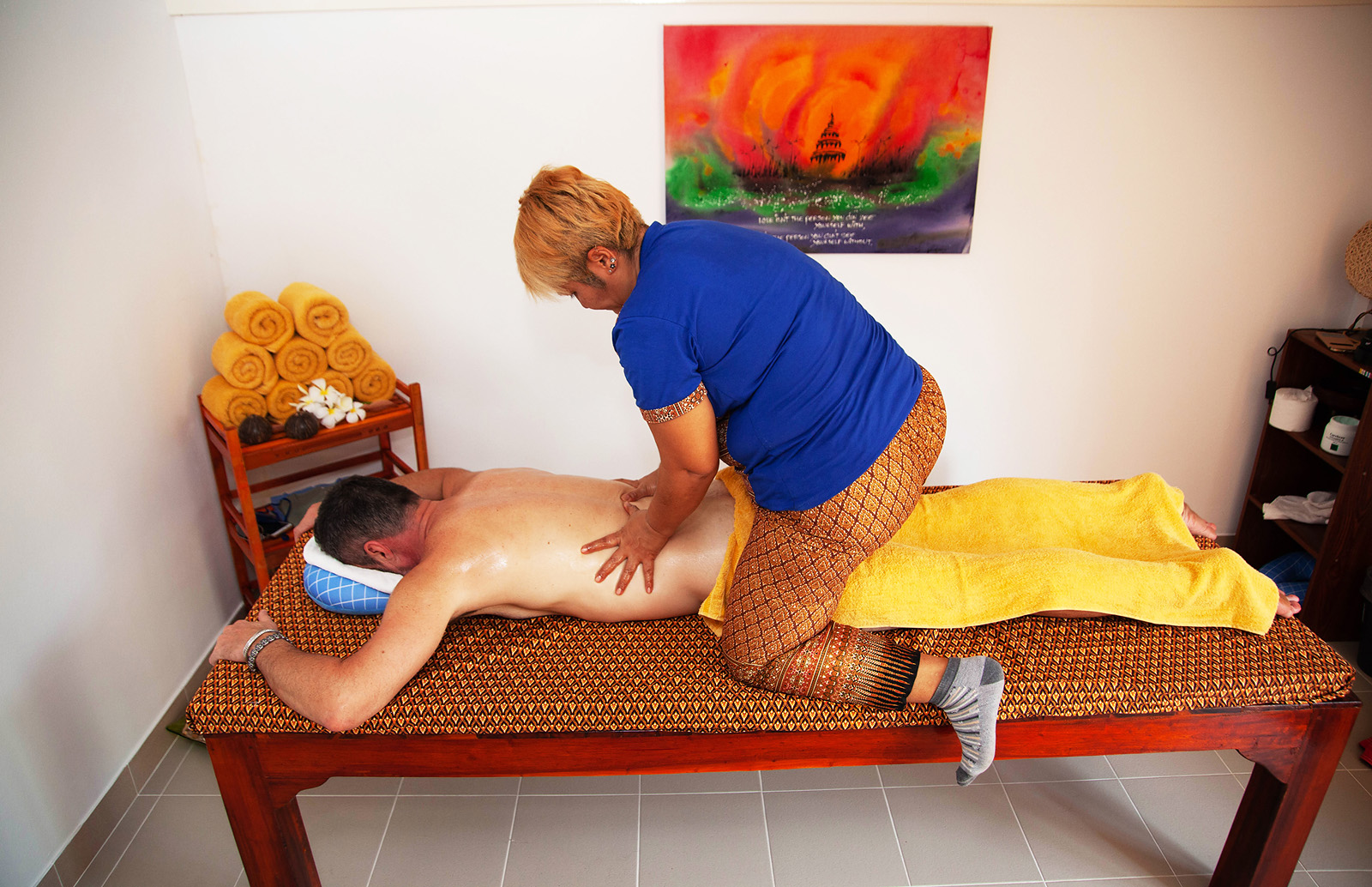

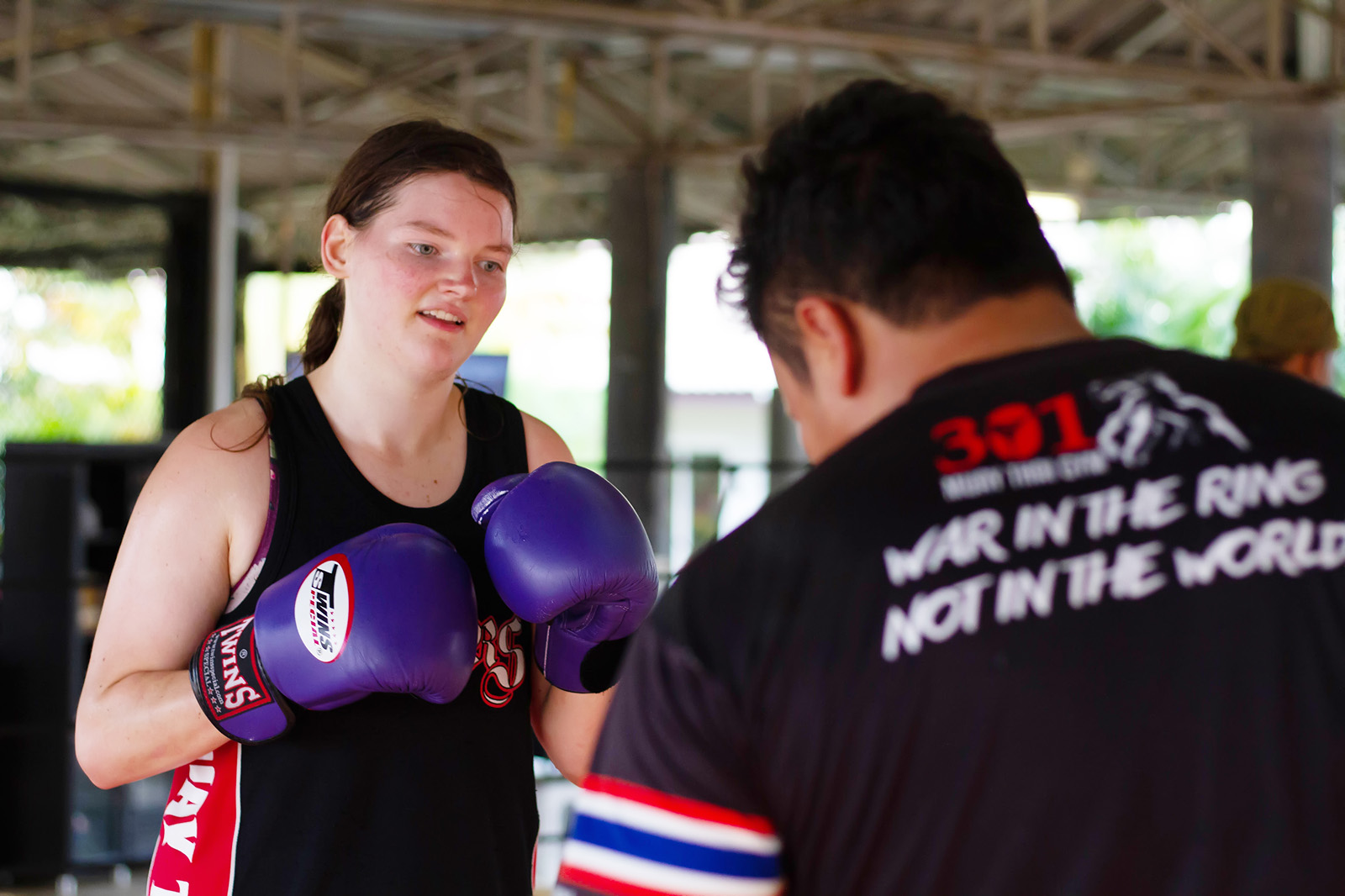
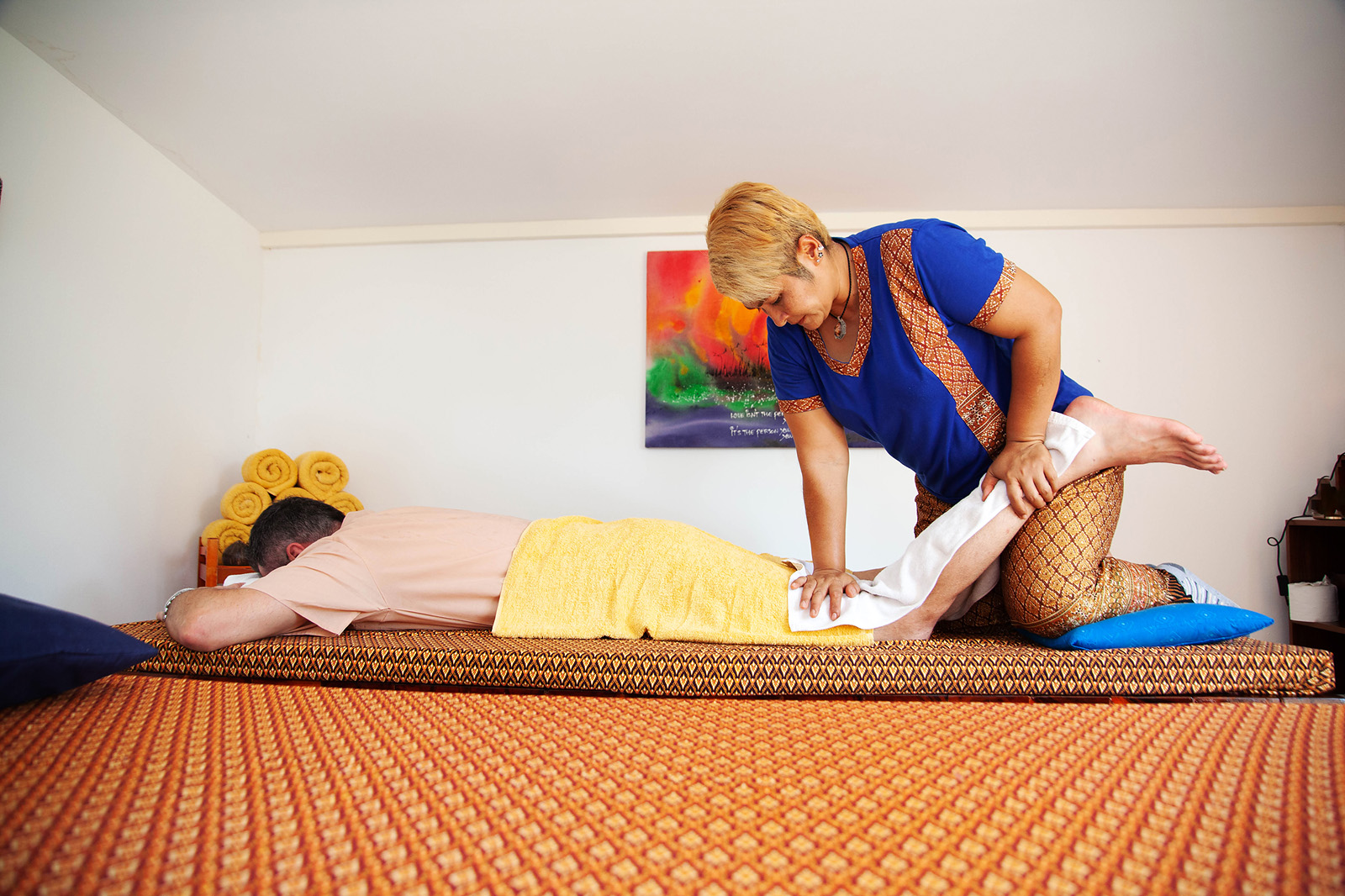
The 12-Step Program as a New Way of Life for Coping with Post-Trauma
General background on the taotherapy approach and the 12-step method
The 12-Step Program offers a new way of life for those coping with post-trauma, combat shock, and often, addictions. It is based on deep spiritual, philosophical, and psychological principles that can lead to profound perceptual and behavioral change.
One of the central ideas in the program is the importance of the group in the recovery process. Post-trauma often leads to isolation and disconnection, but the true nature of humanity is social and communal. Active participation in a 12-step support and study group allows for the experience of genuine human connection, sharing, and support. This is a crucial step in breaking free from the isolation of post-trauma.
The Serenity Prayer, which is central to the program, encapsulates a key insight: the ability to discern between what can be changed and healed and what requires acceptance of the situation. Post-trauma and mental distress are often characterized by a compulsive need to control through hypervigilance. The Serenity Prayer invites letting go of the attempt to control what we cannot and focusing on what we can manage—our inner work on ourselves. As the prayer is internalized, one begins to experience less suffering and more peace.
The program asserts that real change occurs when we alter the way we perceive ourselves and the world. When perception changes, behavior also changes, and gradually, life transforms. Cognitive change ultimately leads to changes in close relationships, broader life circles, and more effective and fruitful functioning.
However, such a transformation requires consistent and daily work. The tools of the program, such as doing steps, mentoring, prayer, and meditation, need to be applied. Courage is also needed to look inward and admit the inner truth, even if it is difficult. The program emphasizes the importance of action and experience, beyond mere intellectual understanding. Only through this comes the internalization and change of thought and behavior patterns.
Just as it is impossible to truly explain the taste of honey to someone who has never tasted it, so too the program can only be truly understood through personal experience. But to experience it, one must commit to it, actively participate in it, and give it time. Only then can the desired transformation occur—from suffering to liberation, from isolation to belonging, from the illusion of control to acceptance of reality.
This process is also accompanied by challenges. The environment within the program must be safe and respectful, as only in such a setting can one open up and share. In the broader society, the need to abstain from prescription pills, drugs, and alcohol to recover from trauma is not always understood. The drive for control, which characterizes post-trauma, is natural and human, and therefore difficult to relinquish even when it is clear that it causes suffering.
But it is precisely because of these challenges that the group is so important, where everyone shares a similar experience and one goal—the journey of recovery. When hearing others describe difficulties and victories that are familiar to us, it becomes easier to connect and persevere. Recovery cannot happen in isolation; it is a collective process of mutual sharing and growth.
Ultimately, the 12-Step Program is a journey of liberation. It allows the gradual dismantling of the fragile ego that clings to control, and finding true inner security. It leads to deep acceptance of ourselves, life, and others. It teaches how to live in peace, compassion, and joy. It is a gradual, daily process of choosing a new way of life based on mutual responsibility, personal accountability, and faith in a power greater than ourselves.
The 12-Step Program, originally created for Alcoholics Anonymous, has over time become a leading model for recovery from various addictions and mental illnesses. The program offers a journey of personal transformation, based on deep spiritual and psychological principles. It invites a journey of self-reflection, personal responsibility, connection to a higher power, and community. These lead to profound perceptual and behavioral change, ultimately resulting in a life of freedom, fulfillment, and peace.
The power of the group
One of the central pillars of the program is the recognition of the importance of the group in the recovery process. The illness, whether it involves post-trauma, addiction to drugs, gambling, or other destructive behaviors, ultimately leads to loneliness and disconnection. The secrecy, shame, and guilt isolate the sufferer, even when surrounded by people. However, the true nature of humanity is communal and social. We need connection, belonging, and touch.
Active participation in a group allows for the re-experience of genuine human connection. When sharing pain and struggle with others who have gone through similar experiences, the loneliness begins to dissipate. Participants realize they are not alone, that there are others who empathize and understand their pain. They receive a listening ear and the opportunity to express themselves honestly, without fear of judgment.
In the group, participants also learn from the experiences of others and give of themselves in return. This mutual exchange of receiving and giving is healing and empowering. It allows them to reconnect with their true self, beyond the illness. They transform from isolated survivors to collective warriors, part of a larger movement of recovery and transcendence. Gradually, they regain trust in themselves and others, along with a renewed sense of purpose and meaning. The group becomes an integral partner in the recovery journey.
distinguish between acceptance and change
Another essential insight offered by the program, embodied in the Serenity Prayer, is the ability to distinguish between what can be changed and what requires acceptance. Addiction or mental distress often involves a sense of complete loss of control on one hand, and a compulsive need to control everything on the other. The person feels helpless in the face of their impulses, the circumstances of their life, and the behavior of others. They experience frustration and pain over their inability to manage their life as they wish. But paradoxically, they also try to control everything—their thoughts, their emotions, their relationships, and the outcomes of their actions.
The Serenity Prayer, which serves as a mantra for the program, invites focusing energy elsewhere. Instead of trying to force reality to change, it encourages accepting what is beyond our control. It urges us to accept the fact that thoughts and emotions have a life of their own, that the behavior of others is not within our control, and that our dreams and desires have limits. It is an invitation to accept reality as it is, in all its complexity.
However, alongside acceptance, the prayer also encourages focusing on what can be changed—the inner self. It reminds us that we have the courage and ability to shape our inner world, to determine how we respond to reality. We can develop self-awareness, recognize negative patterns, and change them. This is perhaps the most significant change we are capable of achieving.
Finally, the prayer seeks the wisdom to distinguish between these two realms—between the reality that must be accepted and that which can be changed. This is a deep life wisdom that develops gradually. The more one practices the prayer and makes it a way of life, the more this insight and discernment become part of one’s being.
Internal change, change in the world
The program repeatedly emphasizes that real change begins from within. When we change our perspective, the way we perceive reality and ourselves, our entire experience transforms. Instead of seeing ourselves as victims of life’s circumstances or of others, we begin to take responsibility. We recognize our power to choose, to shape our attitudes, our emotions, and our reactions. Instead of struggling against reality, we learn to accept and embrace it, to draw lessons from it.
This change doesn’t remain only within us. As we change, our entire relationship with the world gradually transforms. We stop being so dependent on external factors for our sense of self-worth and happiness. The source of our confidence and self-esteem becomes more internal and stable. As a result of the shift in our mindset and behavior, our relationships with those around us also improve. We become less demanding and controlling, more attentive and empathetic, genuinely open to embracing others.
Gradually, all aspects of life—family, work, society—undergo a transformation. Instead of relationships based on struggle and power, partnerships and balance emerge. With the recognition of the limits of personal responsibility, humility and reciprocity develop. Life becomes a shared adventure of discovery and learning, rather than a battleground. This is perhaps the most significant change the program facilitates—the transition from misery, loneliness, and struggle to a life of connection, self-fulfillment, and peace.
Commitment and persistence in the process
This change doesn’t happen all at once; it requires constant inner work. A commitment is needed to apply the tools of the program daily, repeatedly. Whether it’s working through the steps, engaging in personal mentorship, practicing prayer and meditation, or utilizing any other tool, this journey is, in a sense, a lifelong one. There is never a “finish line,” but rather a deepening of insights, spiritual connection, and compassion.
This is not an easy path. It demands courage and determination, honesty, and a willingness to look inward even when it’s difficult. Often, habits, wounds, and memories surface that we would rather suppress. But precisely there lies the key to liberation—in the ability to recognize them, to confront them with compassion and acceptance.
The program places great emphasis on the importance of action and experience, beyond mere intellectual understanding. The principles and tools can be grasped intellectually, but they become part of one’s inner being only through application and experience. Just as one cannot truly understand the taste of honey without tasting it, so too the insights of the program require direct engagement with the human experience in all its facets. It is only through doing and repetition that this new way of life is internalized and integrated.
Challenges in the recovery journey
This journey is not without its difficulties and challenges. It requires openness and courage to share, to expose oneself, and to admit weaknesses. This is almost impossible without a safe and supportive environment, without the assurance of confidentiality and freedom from moralizing. Creating and maintaining such an environment is a complex task that requires persistence and constant vigilance.
Challenges can also come from the outside. The broader society does not always understand the principles of the program. The idea of complete abstinence from addictive substances, from toxic places, things, and people, for example, may be perceived as extreme in a society where their use is widely accepted as the norm. The belief that the power of recovery comes from surrendering to a higher power may clash with values of individualism and the pursuit of achievement at all costs. This requires the recovering individual to have faith in their path and to adhere to it, even in the face of external skepticism and misunderstanding.
Another difficulty lies in human nature itself. The tendency to control, to avoid pain, and to seek immediate gratification is universal. Even when one recognizes that this tendency is destructive, it is hard to let go of it and embrace a new way. Again and again, the question arises: Can I really trust this process? Is there truly another way? These doubts are an integral part of the journey, and acknowledging them and being willing to explore them is, in itself, a form of progress.
The healing power of connection
Precisely because of these challenges, the group becomes a source of strength and inspiration. In the group, one encounters others who share similar life experiences and are working towards the same goals. Through sharing and listening, it becomes evident time and again that the struggles and frustrations are not unique to us. Seeing the progress of group members makes it easier to believe in our own potential. Each person becomes both a student and a teacher, offering support and receiving it in return. The bonds formed within the group are deep and meaningful, often far beyond the family or social connections that existed before.
This is, in fact, one of the most significant lessons of the program—the recognition that recovery will never happen in isolation; it only works together. Recovery is necessarily a mutual process, where each participant contributes to others and is enriched by them in return. In this process, forces and wisdom are created that go beyond the capability of any individual alone. This is the power of the human spirit when it operates in cooperation and unity.
Towards true freedom
As one progresses on the journey of the 12 Steps, the true gift of the program begins to reveal itself—freedom. This is a freedom from the chains of active post-trauma, from compulsiveness, obsessiveness, and self-centeredness. But beyond that, it is a freedom from the mental patterns that originally created the suffering. It is the freedom to be who we truly are, beyond fears, anxieties, flashbacks, expectations, and the roles we have taken upon ourselves.
It is an opportunity to define a new identity for ourselves, based on values like integrity, compassion, responsibility, and giving. Instead of being driven by the ego and its needs, we begin to live lives of meaning and purpose. We discover that true joy and satisfaction lie in self-fulfillment and contributing to others, not in material achievements or external validation.
This journey is a process of surrender—not out of weakness, but out of recognition of our limitations as human beings. It is the understanding that we are not gods or all-knowing, and that we can never fully control life. But within this surrender, a greater power is revealed, one that comes from connecting to our true selves, to others, and to a Higher Power. As we let go of the need to fight and struggle, to change and fix things compulsively, we become more open to simply living.
This is not a path of perfection. The illness is always in the background, along with the constant challenge of recovery. But the program allows us to build lives of peace and meaning despite our limitations and challenges. It teaches us to accept ourselves and who we are, and from that acceptance, to grow and evolve throughout our lives.
one day at a time
Toggl
Ultimately, the program offers a way of life, not a one-time magic solution. It invites us to recommit every day to its values and principles, to choose again and again honesty, integrity, humility, courage, and the willingness to serve and seek help. This choice is made moment by moment, action by action.
The well-known phrase in the program, “One day at a time,” reflects the understanding that recovery and growth happen in the present, not in the future. They depend on what we do here and now, not on what we will do tomorrow or next year. Every day brings new challenges and opportunities to learn, practice, and change.
This is a journey of gradual awakening, of tiny but cumulative changes over time. Every time we choose the path of truth and love, we create ripples of influence that reshape our lives and relationships. It may sound simple, but it is a choice that requires immense courage because it involves facing our greatest fear—the fear of who we can become.
But if we are willing to take the plunge, the discoveries that await are breathtaking. The discovery of inner strength and resilience, of healing love, of boundless connection. The program is essentially an invitation to the greatest adventure—to become who we were meant to be, and through that, to participate in the evolution of humanity as a whole. It is a journey we all share, together.
e Content




